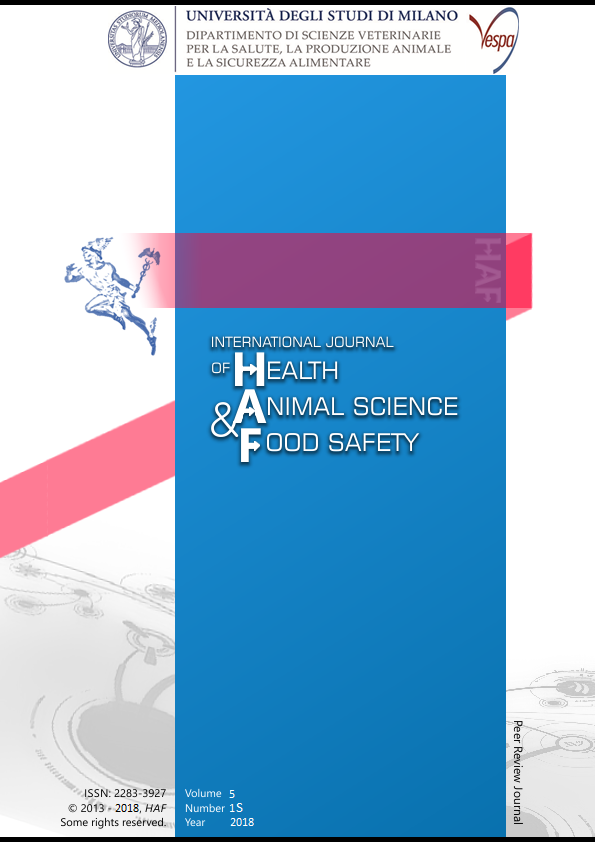Abstract
Cytological evaluation of splenic lesions is a routine preoperative diagnostic technique. However, few studies have evaluated the utility of diagnostic cytology in canine splenic diseases (Ballegeer et al., 2007; Christensen et al., 2009; Watson et al., 2011).
Our aim was to evaluate accuracy, sensitivity, specificity, positive and negative predictive value of cytology to diagnose canine splenic conditions using histopathology as the gold standard.
Splenic cytological samples obtained between January 1998 and 2018 were retrospectively evaluated. Cases were included only when cytology and histology of the same lesion were available. All samples were blindly reviewed.
Ninety-two cases were included (65 neoplasms, 27 non-neoplastic lesions) and classified as: 36 true positive, 29 false negative, 26 true negative and 1 false positive. Splenic cytology had a diagnostic accuracy of 67.39%, a sensitivity of 55.38%, a specificity of 96.3%, a positive and negative predictive value of 97.3% and 47.27% (Tab.1).
To our knowledge, this is the first study reporting conjunctively accuracy, sensitivity, specificity, positive and negative predictive value of cytology in the diagnosis of canine splenic disorders.
The major limit of splenic cytology was a reduced sensitivity related to a high number of false negative results that strongly correlate with lesion distribution, size and type and with the blood storage function of the spleen resulting in hematic samples (Bertazzolo et al., 2005; O’Brien et al., 2013). Limitations were balanced by high specificity and positive predictive value making splenic cytology a valuable preliminary diagnostic tool to assist further diagnostic and therapeutic approaches in splenic disease.
Riferimenti bibliografici
Ballegeer, E.A., et al., 2007. Correlation of ultrasonographic appearance of lesions and cytologic and histologic diagnoses in splenic aspirates from dogs and cats: 32 cases (2002-2005). Journal of the American Veterinary Medical Association. 230(5), 690-696.
Bertazzolo, W., et al., 2005. Canine angiosarcoma: cytologic, histologic, and immunohistochemical correlations. Veterinary Clinical Pathology. 34(1), 28-34.
Christensen, N., et al., 2009. Cytopathological and histopathological diagnosis of canine splenic disorders. Australian Veterinary Journal. 87(5), 175-181.
O’Brien, D., et al., 2013. Clinical characteristics and outcome in dogs with splenic marginal zone lymphoma. Journal of Veterinary Internal Medicine. 27(4), 949-954.
Watson, A.T., et al., 2011. Safety and correlation of test results of combined ultrasound-guided fine-needle aspiration and needle core biopsy of the canine spleen. Veterinary Radiology and Ultrasound. 52(3), 317-322.
This work is licensed under a CC BY-SA 4.0 international

